Creating and Adjusting Lighting for Atmospheric 3D Scenes in DAZ Studio and Poser
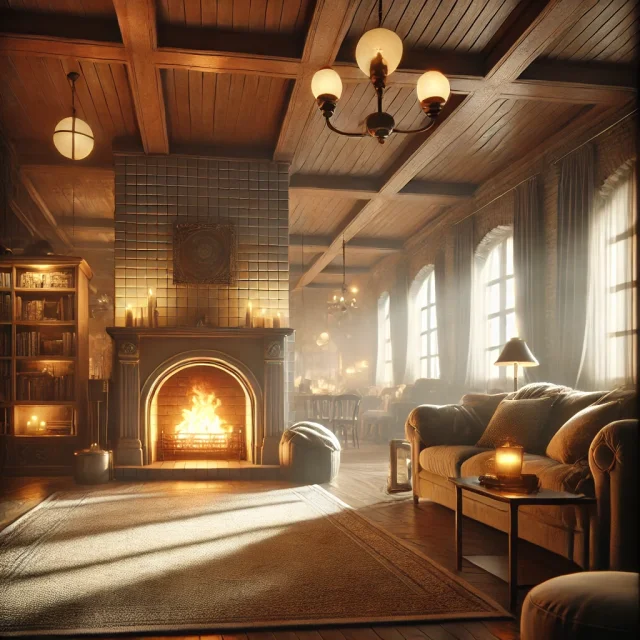
Lighting is one of the most crucial elements in creating visually captivating and immersive 3D scenes. Whether you are working on a serene, warm environment or a dark, eerie setting, the way you manipulate light can drastically alter the mood and depth of your scene. In this guide, we will delve into the techniques for setting up atmospheric lighting in DAZ Studio and Poser, exploring the technical details, tools, and settings that can help you achieve the desired effect.
Understanding the Impact of Lighting on Scene Atmosphere
Lighting does more than just illuminate objects; it shapes the viewer’s perception of the scene. By carefully adjusting the intensity, direction, and color of lights, you can convey various emotions, emphasize certain elements, and even guide the viewer's eye through the scene. In DAZ Studio and Poser, a variety of lighting options are available, allowing you to craft everything from subtle ambiance to dramatic contrasts.
Types of Light Sources and Their Characteristics
Both DAZ Studio and Poser offer several types of light sources, each serving different purposes:
- Point Light: Emitting light in all directions from a single point, this type is akin to a light bulb or a candle. Point lights are ideal for creating localized light sources, such as a lamp in a room or a torch in a dungeon.
- Spotlight: A directed beam of light that can be adjusted for width and intensity, the spotlight is perfect for highlighting specific objects or casting sharp shadows. It’s particularly useful for creating focused, dramatic lighting effects.
- Directional Light: Simulating sunlight or moonlight, directional lights shine uniformly across the entire scene. This type of light is commonly used for outdoor scenes to replicate the broad, natural lighting from the sun or other distant sources.
- Ambient Light: Adding a gentle, overall illumination to the scene, ambient light is key for softening shadows and creating a more cohesive look. It’s especially useful in indoor scenes where you want to avoid harsh contrasts.
- HDRI (High Dynamic Range Imaging): HDRI maps provide realistic environmental lighting and reflections by wrapping a 360-degree image around the scene. This technique is highly effective for outdoor scenes or when you want to immerse your characters in a photorealistic setting.
Advanced Lighting Techniques for Creating Atmosphere
Once you have a basic understanding of the types of light sources available, you can begin to explore more advanced techniques to fine-tune the atmosphere of your scenes.
Soft and Diffused Lighting for Cozy, Warm Environments
To create a warm, inviting atmosphere, it’s essential to use soft, diffused lighting. Start with an ambient light source to establish a base level of illumination, and then add point lights near key elements, such as a fireplace or a bedside lamp. Adjust the color temperature to a warmer hue, such as soft yellow or orange, to enhance the cozy feel. You can further soften the shadows by increasing the size of your light sources or adding fill lights at low intensities.
Cold and Harsh Lighting for Dark, Moody Scenes
For scenes that need to convey a sense of coldness or unease, consider using directional lights with a cooler color temperature, like blue or pale white. Position the lights at steep angles to create long, sharp shadows, which add to the overall tension and mystery of the scene. Spotlights can be used to highlight specific objects or characters, casting strong shadows that enhance the dramatic effect. Reducing ambient light or using it very selectively will also help maintain the dark mood of the scene.
Backlighting for Dramatic Silhouettes
Backlighting is a powerful technique to create dramatic and mysterious silhouettes. Place a strong light source behind your subject and aim it towards the camera, ensuring that the subject partially blocks the light. This method emphasizes the shape and outline of characters or objects, making them stand out against the background. It’s particularly effective for scenes where you want to add a touch of intrigue or suspense.
Using HDRI for Realistic Outdoor Scenes
HDRI maps are invaluable for creating realistic outdoor environments. When working with HDRI in DAZ Studio, load the map into the Environment settings and adjust the rotation to position the light source (usually the sun) at the desired angle. You can fine-tune the intensity to match the time of day or the overall mood you want to achieve. For instance, a sunset HDRI can provide warm, long shadows, perfect for creating a romantic or nostalgic atmosphere.
Shadows as an Atmospheric Tool
Shadows play a crucial role in defining the atmosphere of your scene. By carefully adjusting the softness or hardness of shadows, you can control the sense of depth and texture. In DAZ Studio and Poser, you can manipulate shadow settings directly within each light’s parameters. For a more ominous or mysterious scene, use sharp, well-defined shadows with high contrast lighting. Conversely, for a more serene and balanced scene, opt for softer shadows with a lower contrast setup.
Working with Render Engines: Iray and Firefly
The choice of render engine can significantly impact the final appearance of your scene. DAZ Studio's Iray and Poser's Firefly are both powerful tools, each with their strengths depending on the type of project.
Iray in DAZ Studio
- Photorealism: Iray is renowned for its ability to produce photorealistic renders by simulating physical light properties, including reflections, refractions, and subsurface scattering. This makes it an excellent choice for scenes where realism is a priority.
- HDRI and Global Illumination: Iray handles HDRI lighting exceptionally well, allowing for accurate global illumination effects. This is crucial for creating lifelike outdoor scenes where the environment's lighting plays a significant role.
- Rendering Time: While Iray can produce stunning results, it's also resource-intensive. To manage rendering times effectively, consider using lower resolution settings for test renders and saving the highest quality settings for the final output.
Firefly in Poser
- Customizable Rendering: Firefly offers extensive customization options, allowing users to tweak every aspect of the render, from shadows and lighting to material settings. This makes it particularly useful for stylized or non-photorealistic renders.
- Multi-pass Rendering: Firefly supports multi-pass rendering, which enables you to render different aspects of the scene (like shadows, highlights, and reflections) separately. This can be a powerful tool for post-processing, giving you greater control over the final look.
- Post-processing Flexibility: Because Firefly renders in multiple passes, it allows for detailed post-processing work, where you can adjust each pass individually in an external editor to achieve the perfect balance and atmosphere.
Practical Tips for Lighting Setup
Setting up effective lighting in your scenes requires both technical knowledge and artistic sensibility. Here are some practical tips to enhance your lighting setup:
Experiment with Camera Angles
Changing the camera angle can dramatically alter how light interacts with your scene. By viewing the scene from different perspectives, you can spot areas that may need additional lighting or adjustments. This practice is especially useful in revealing unwanted shadows or overexposed areas that might not be apparent from the primary camera angle.
Utilize Lighting Presets
Both DAZ Studio and Poser offer a range of pre-built lighting presets that can serve as a great starting point. These presets can be modified to better suit your specific scene. For instance, you can adjust the intensity, color, and position of lights to create a more personalized atmosphere.
Combining Light Sources
To create complex lighting setups, don’t hesitate to combine different types of lights. For example, you might use a directional light to establish the overall lighting direction, a point light for specific accents, and an ambient light to soften shadows and fill in darker areas. This layered approach can add richness and depth to your scene, making it feel more immersive.
Managing Light Levels
It's important to control the light levels to avoid overexposure or underexposure. Overly bright scenes can wash out details, while overly dark scenes might obscure important elements. Use the histogram and exposure controls within your software to monitor the light distribution across your scene, ensuring that no details are lost in the shadows or highlights.
Post-processing Enhancements
Even after careful lighting setup and rendering, post-processing can further enhance your scene's atmosphere. Adjustments to contrast, brightness, color balance, and sharpness can help bring out the desired mood. Additionally, adding subtle effects like bloom or lens flares can contribute to a more cinematic feel.

Final Thoughts
Creating atmospheric 3D scenes requires a nuanced understanding of lighting and its impact on mood and depth. By mastering the tools and techniques available in DAZ Studio and Poser, you can transform your scenes into visually stunning and emotionally resonant artworks. Experimentation is key, so don’t be afraid to try different settings and combinations to see what works best for your specific project.
If you’re looking to streamline your scene creation process, consider exploring our ready-made environments and lighting presets. We offer a wide range of free downloads for DAZ Studio and Poser, including fully equipped 3D scenes, lighting setups, and HDRI collections. Visit our free environment scenes and lighting category and download thousands of assets.
Ctrl
Enter
Noticed a misTake
Highlight text and press Ctrl+EnterRelated news:

How to create environments for 3D scenes in DAZ Studio and Poser: general guidelines

Advanced Texturing Techniques in DAZ Studio and Poser
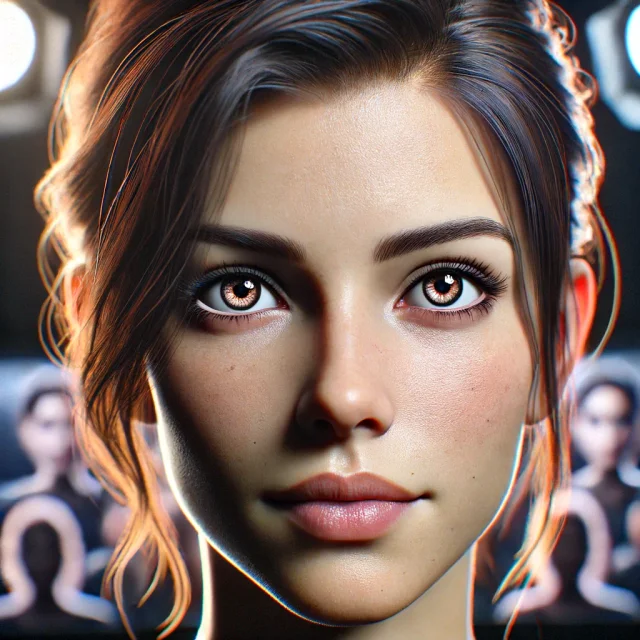
Creating Photorealistic Portraits in DAZ Studio and Poser
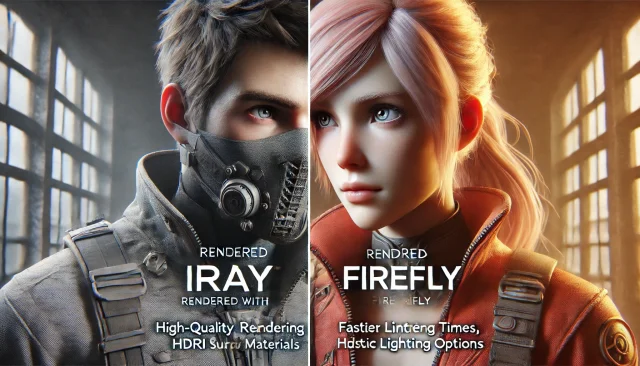
Using Iray and Firefly for Rendering in DAZ Studio and Poser
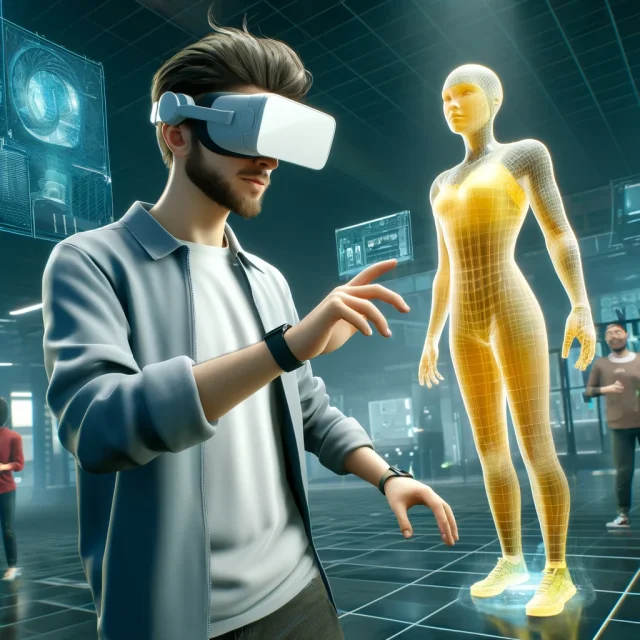
Virtual Reality and 3D Characters: Exploring the Possibilities of Creating 3D Characters for VR Projects with DAZ Studio and Poser, and Necessary Adaptations for VR
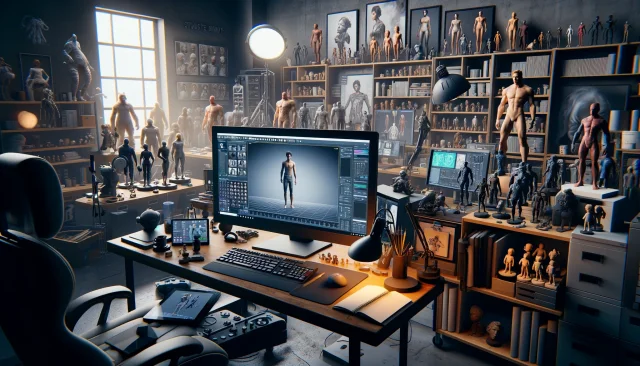
Analyzing Trends in Creating 3D Characters for Films and Video Games
Comments (0)
